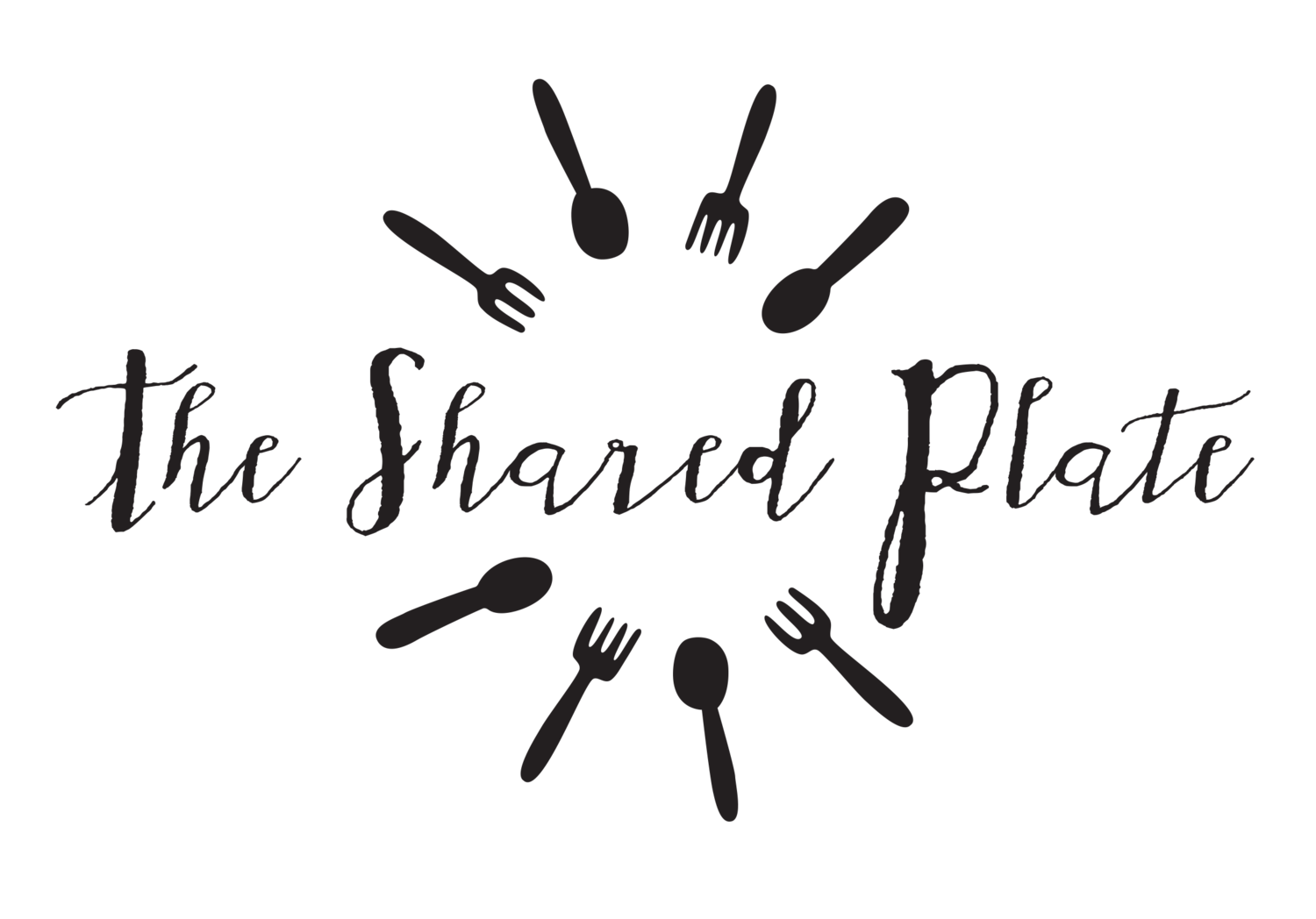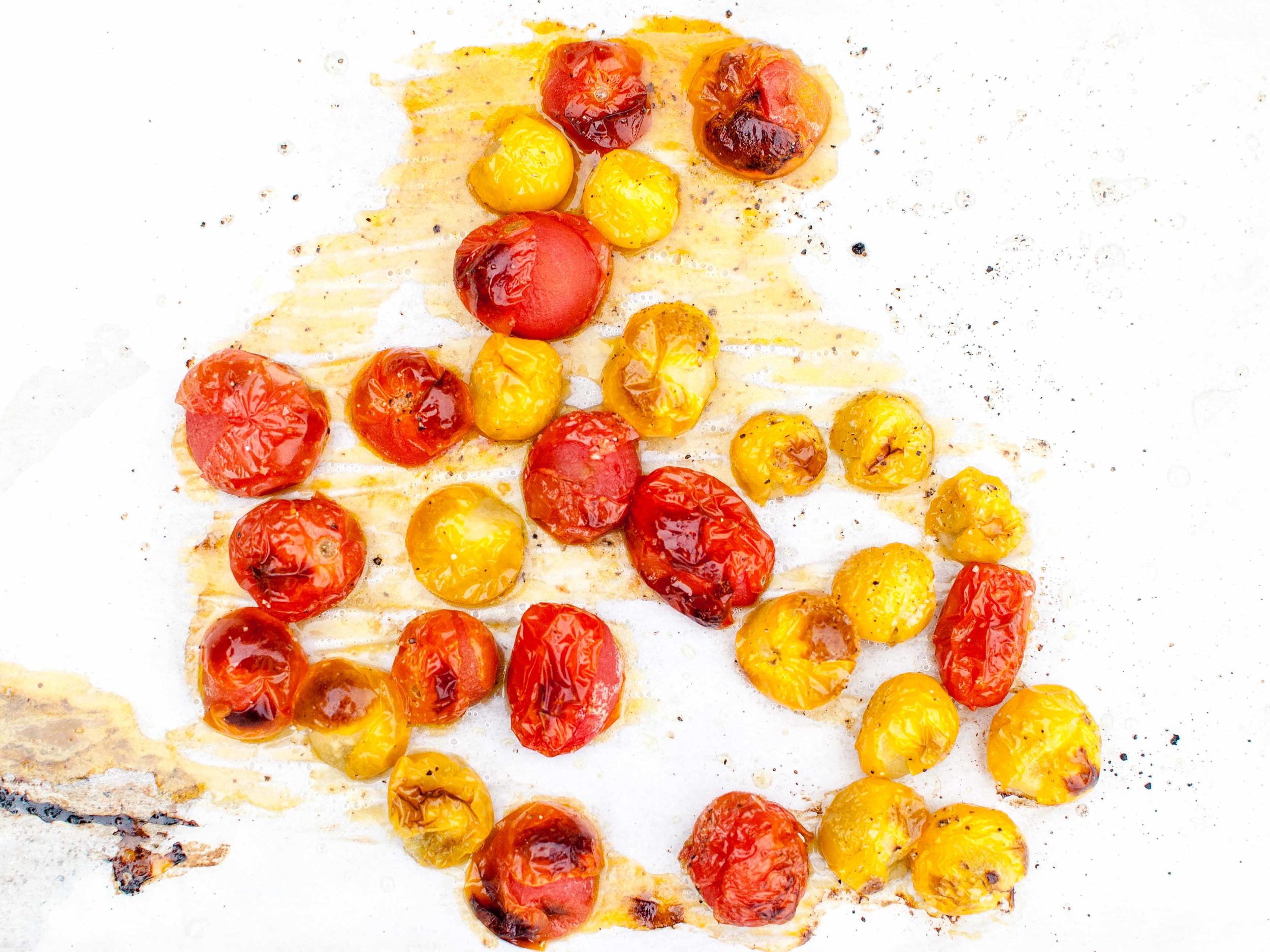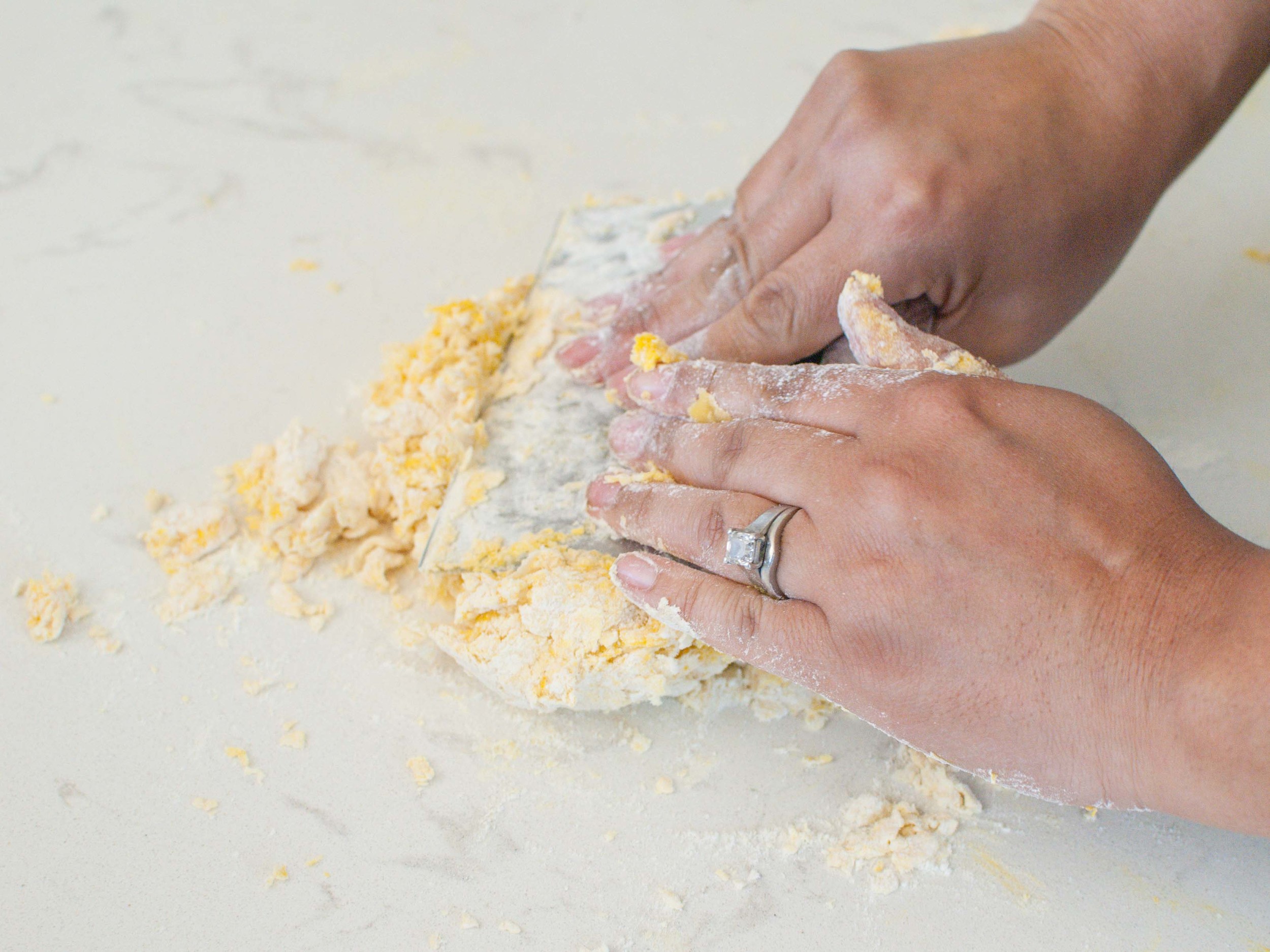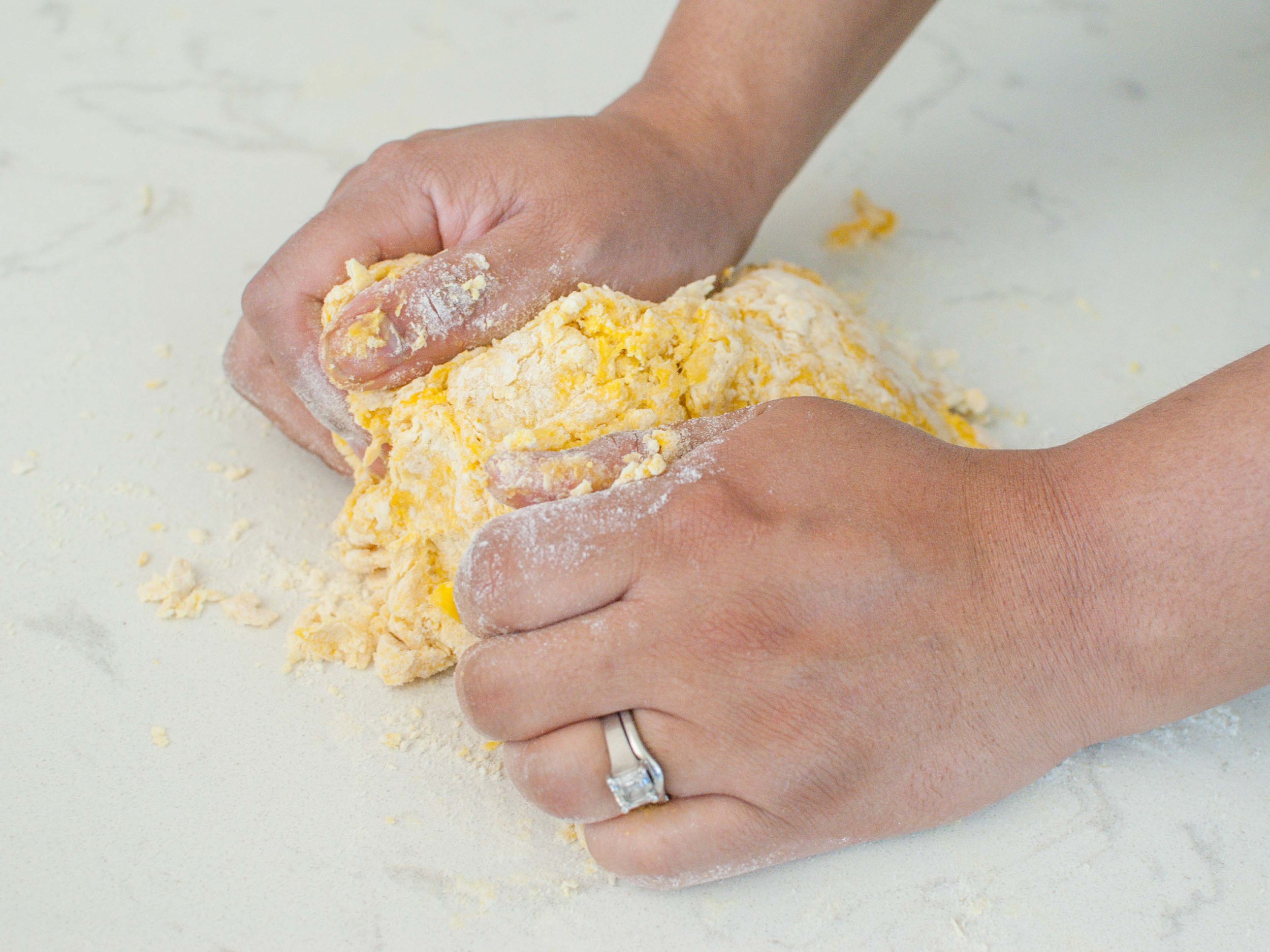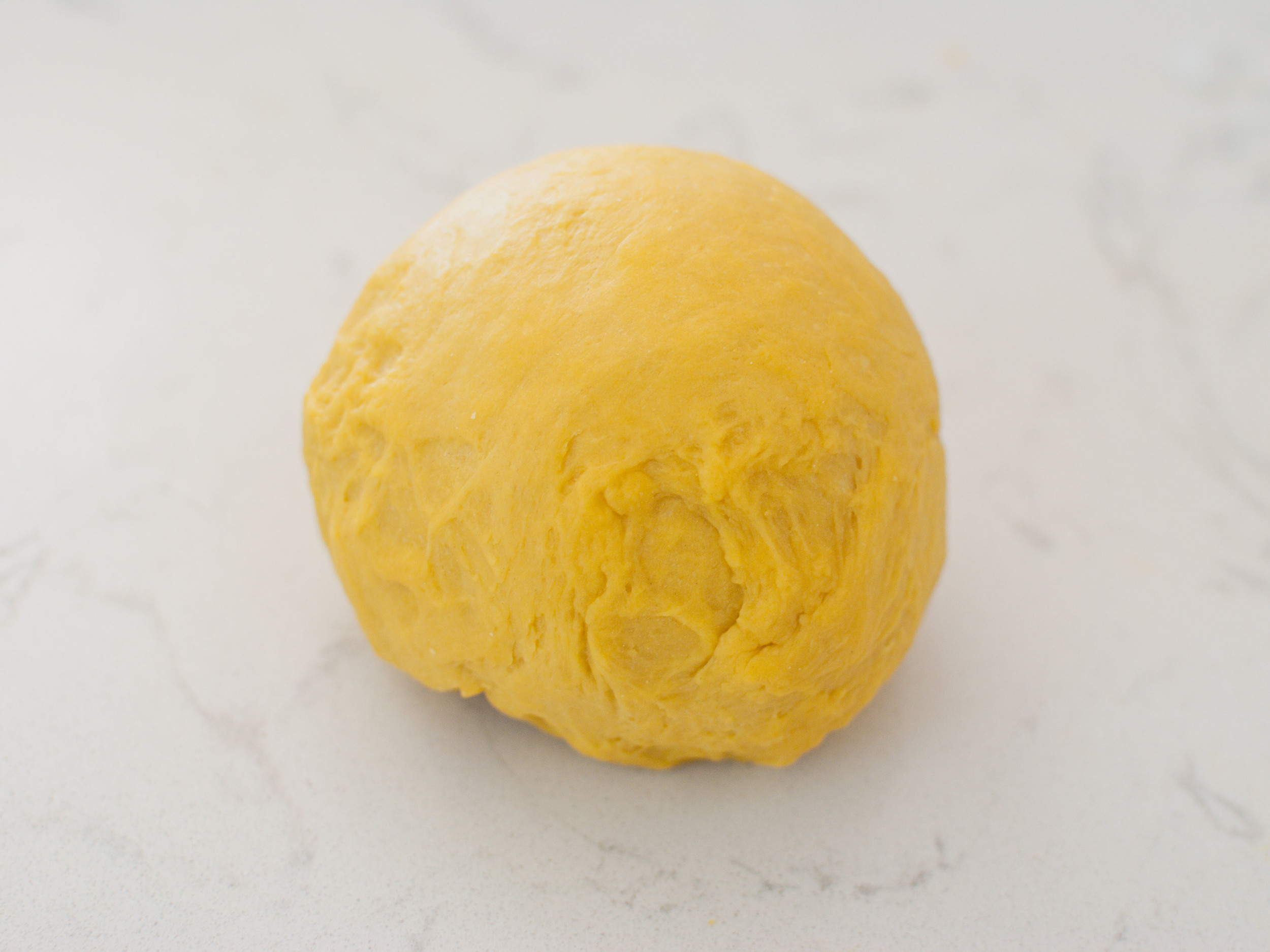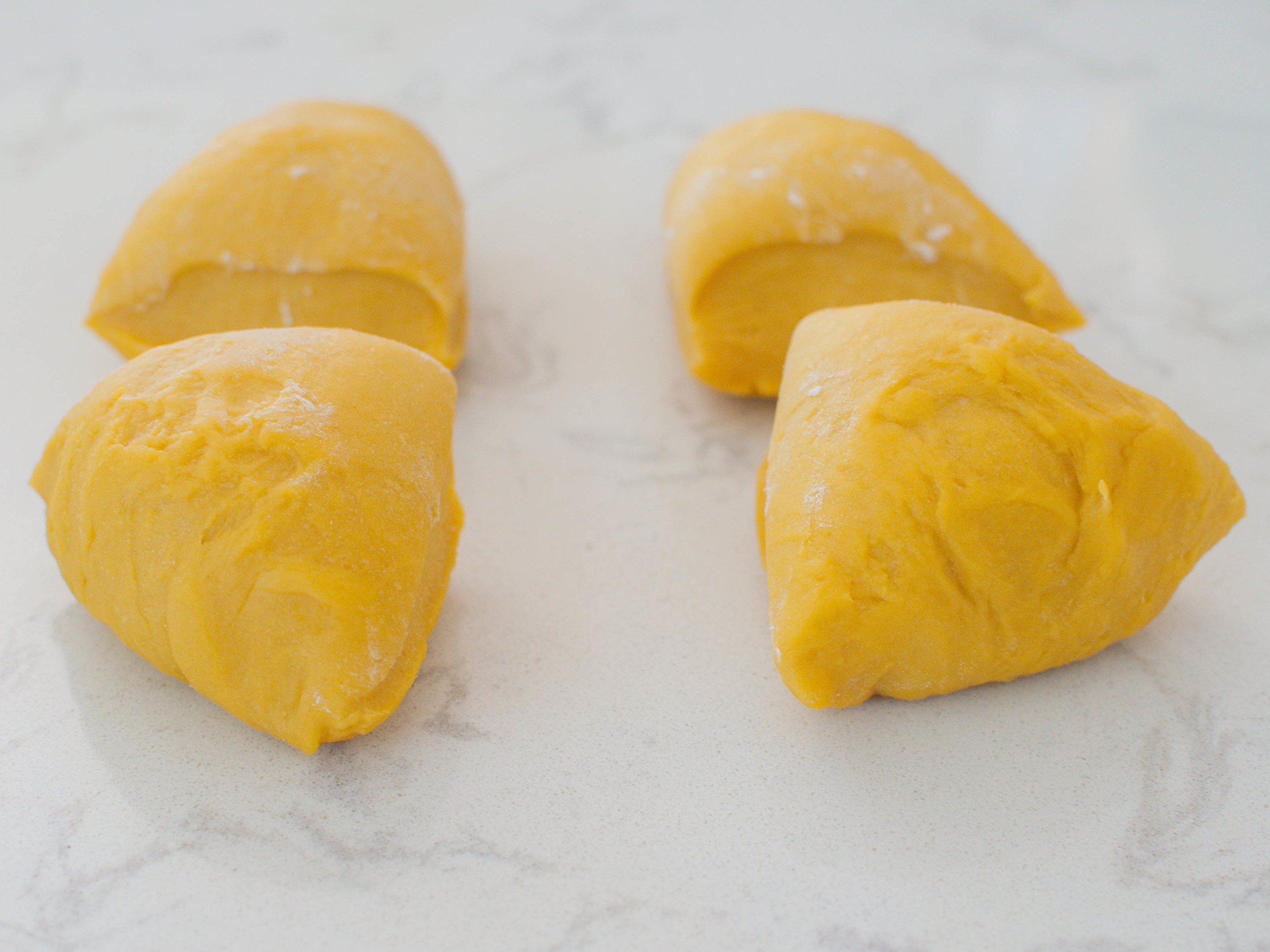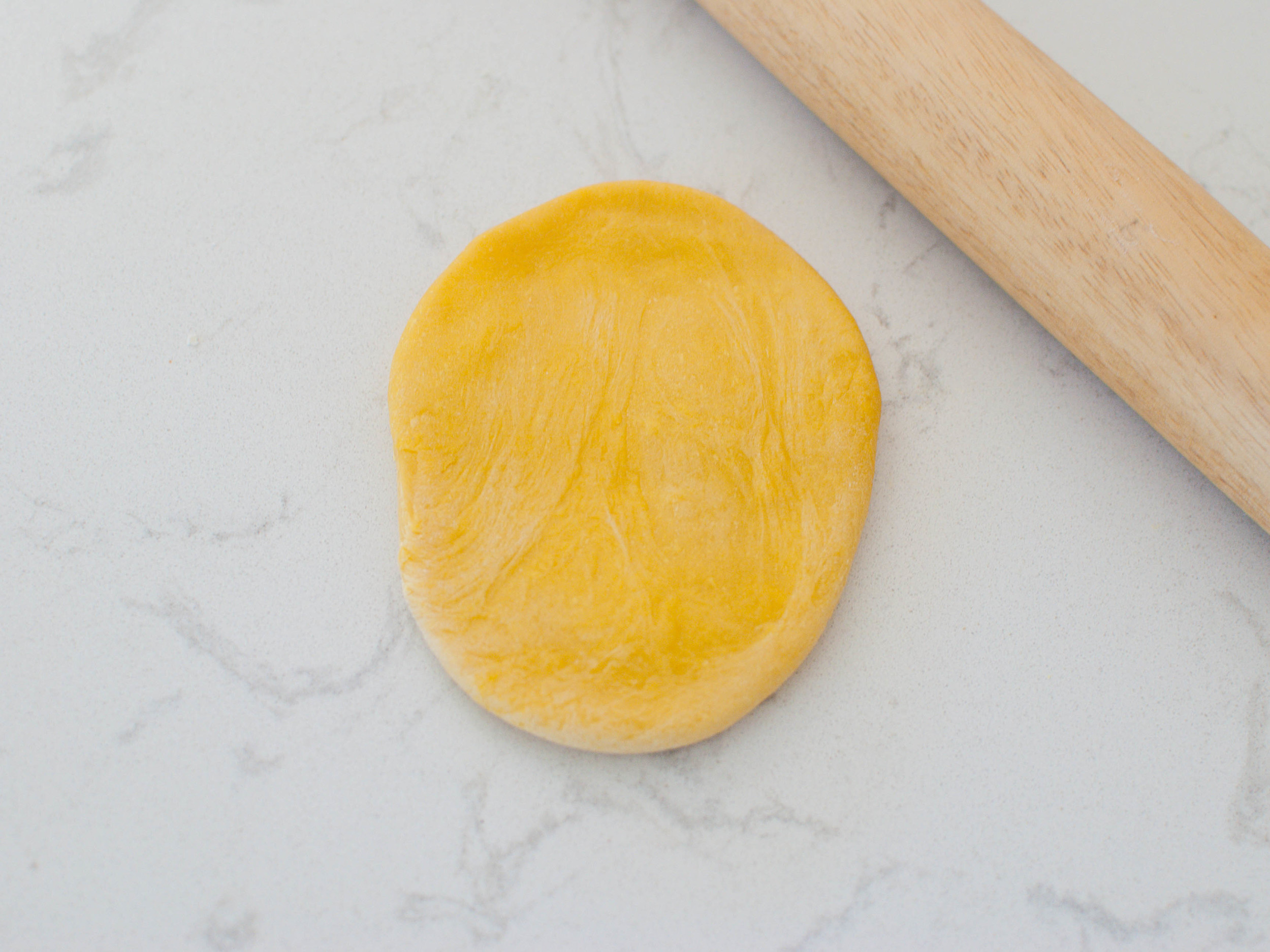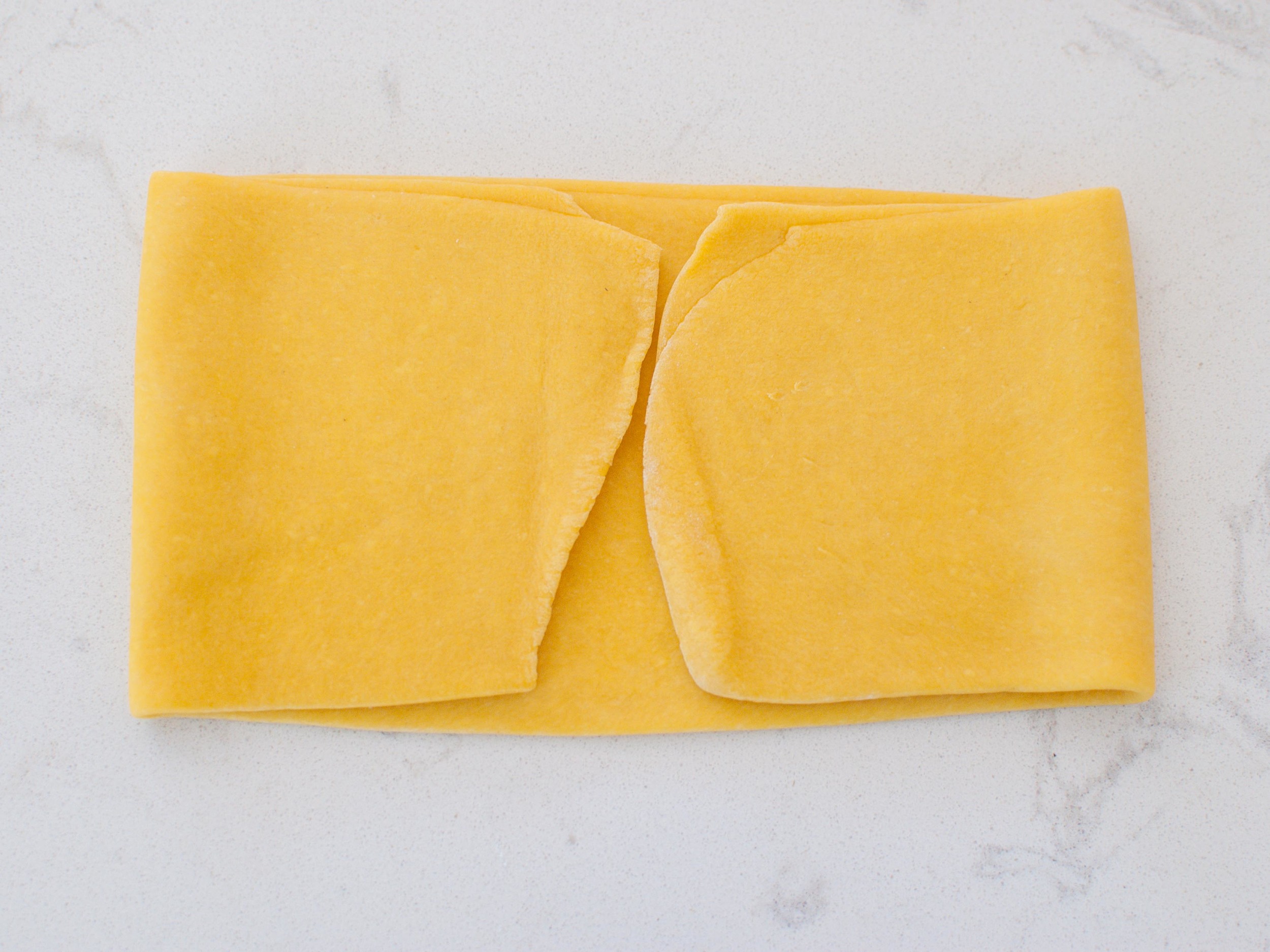Olivia has a spectacular appetite, and she really enjoys eating, much like her mommy and daddy. This year, in Junior Kindergarten, she is required to bring her own lunch every day. This excited both of us, and we made quick work to brainstorm ideas of things she loves. She started a journal and began drawing pictures of meals that she enjoyed, so we could remember what to include for lunch. Her very first idea was pasta and broccoli, and this recipe is a version with seasoned breadcrumbs that she really loves. This pasta dish is light and tasty and simple to make. The reserved pasta water and a pungent cheese make a light sauce and the tender-crisp broccoli is the perfect texture for kids. I find that kids cannot be fooled and really just want to eat delicious food like cheesy pasta! This is a healthier alternative to macaroni and cheese, so it's imperative to season these simple and few ingredients very well.
I find that involving my kids in any part of the planning or cooking of meals makes them more enthusiastic to eat. The foods I send with Olivia to school are an extension of our food priorities at home: I focus on homemade and simple. Because Olivia has such an impressive appetite, satisfying meals are another priority since a variety of snacks will most likely not fill her up when she's hungry. This makes a filling lunch or an easy weeknight dinner!
Notes: This recipe can be simplified even further by skipping the blanching step for the broccoli before roasting it; you can even oven roast the broccoli for a nuttier flavor and a less hands on step. Substitute the cheese for any other finely grated hard cheese like Parmesan, but personally, I like the more pungent flavor of Pecorino-Romano with broccoli. These breadcrumbs are delicious on EVERYTHING and you can also enhance them in so many ways. A while back, I cooked them in rendered pancetta fat and herbs, which would be spectacular in this dish too.
Read More: The Shared Packed Lunch
Time: 35 minutes
Servings: 6
1 lb pasta
5 cups broccoli florets
6 tablespoons olive oil (divided)
2/3 cup bread crumbs
Kosher salt
Freshly cracked black pepper
1/2 teaspoon garlic powder
2 cloves of garlic, smashed
1 cup finely grated Pecorino-Romano
1 teaspoon lemon zest (about 1 small lemon)
Cook pasta according to package directions and your preference. Don't forget to season the boiling water liberally with salt! Strain pasta, reserving 2/3 cup of pasta water. Fill your pot back up with water and bring to a boil (for the broccoli).
While your pasta is cooking, make the breadcrumbs. In a large skillet, heat 3 tablespoons of olive oil on medium heat. Add breadcrumbs to the hot oil and stir to combine. Season breadcrumbs with 1/2 teaspoon of salt, garlic powder, and a pinch of black pepper. Cook breadcrumbs until golden and crunchy. Set aside.
Cut broccoli into large bite sized pieces. Blanch broccoli florets: bring water to a boil in a large pot and season with salt. Drop in broccoli and cook for 60-90 seconds or until desired doneness has been reached. Plunge broccoli into an ice bath, (large bowl filled with ice and water,) to stop broccoli from overcooking. Once cooled, drain, dry on a clean kitchen towel and set aside.
In a large skillet, add 3 tablespoons of olive oil and garlic and cook garlic until fragrant and barely browned. Remove garlic from oil and dispose. Add strained broccoli to the oil and season with salt and pepper. Over high heat, roast broccoli on the first side until crisp and browned. Toss the broccoli to roast on another side. Once browned, remove broccoli from the pan and set aside.
In the same large skillet, heat reserved pasta water and pasta together. Add finely grated cheese and stir to combine until pasta becomes creamy. Add roasted broccoli and lemon zest and heat through together. Transfer to a serving plate and garnish with breadcrumbs.
